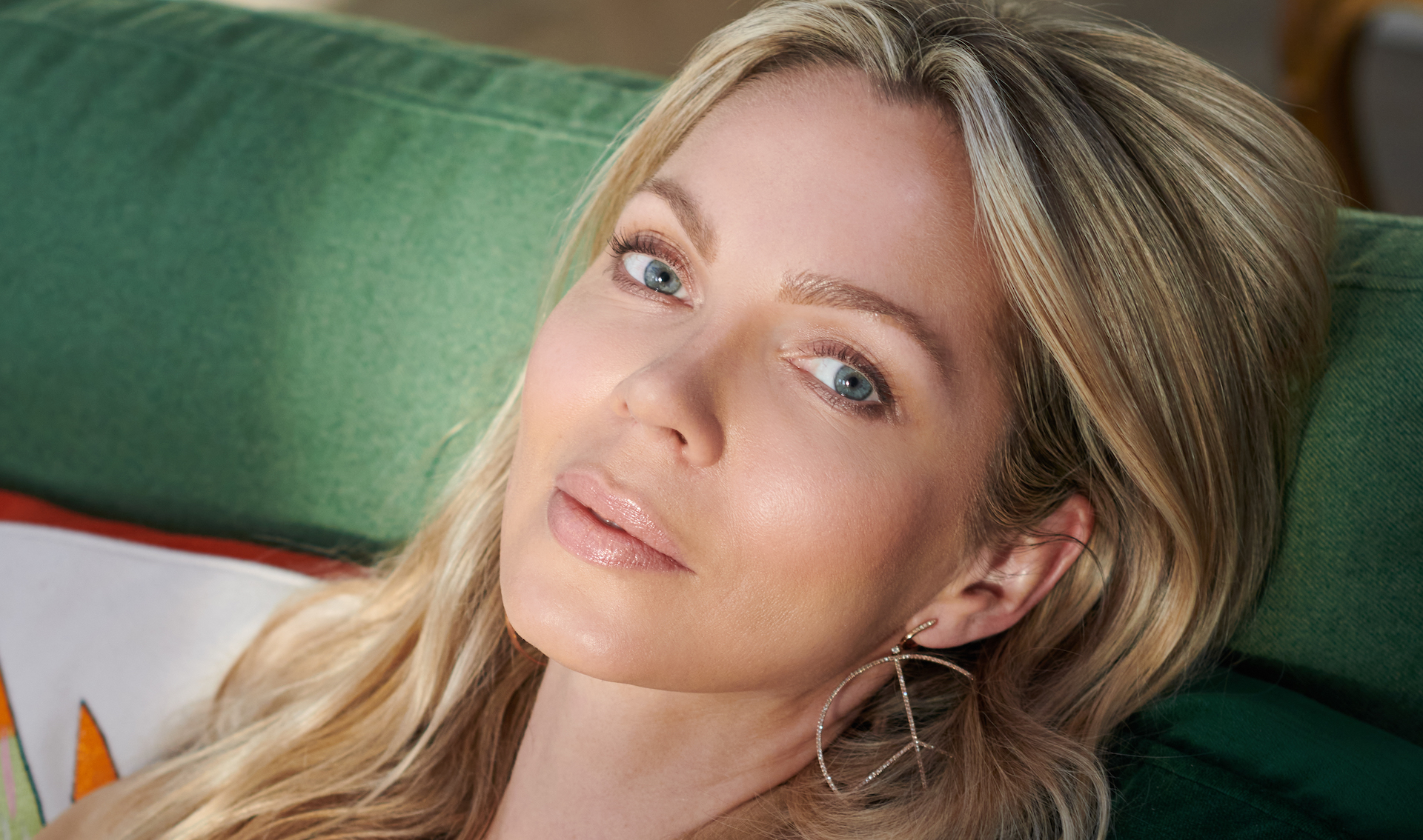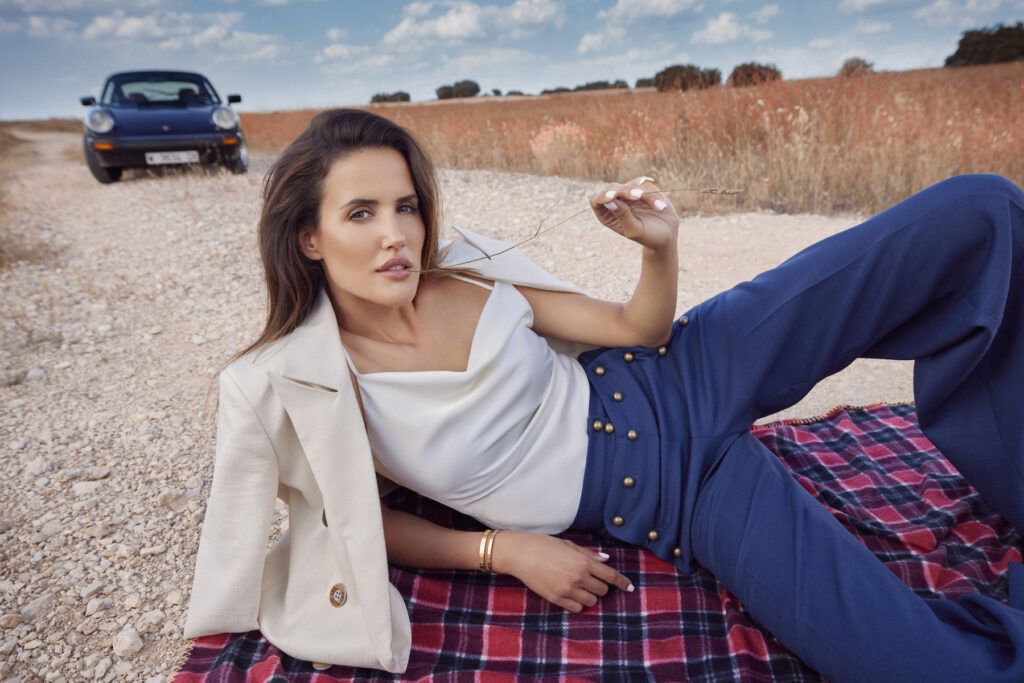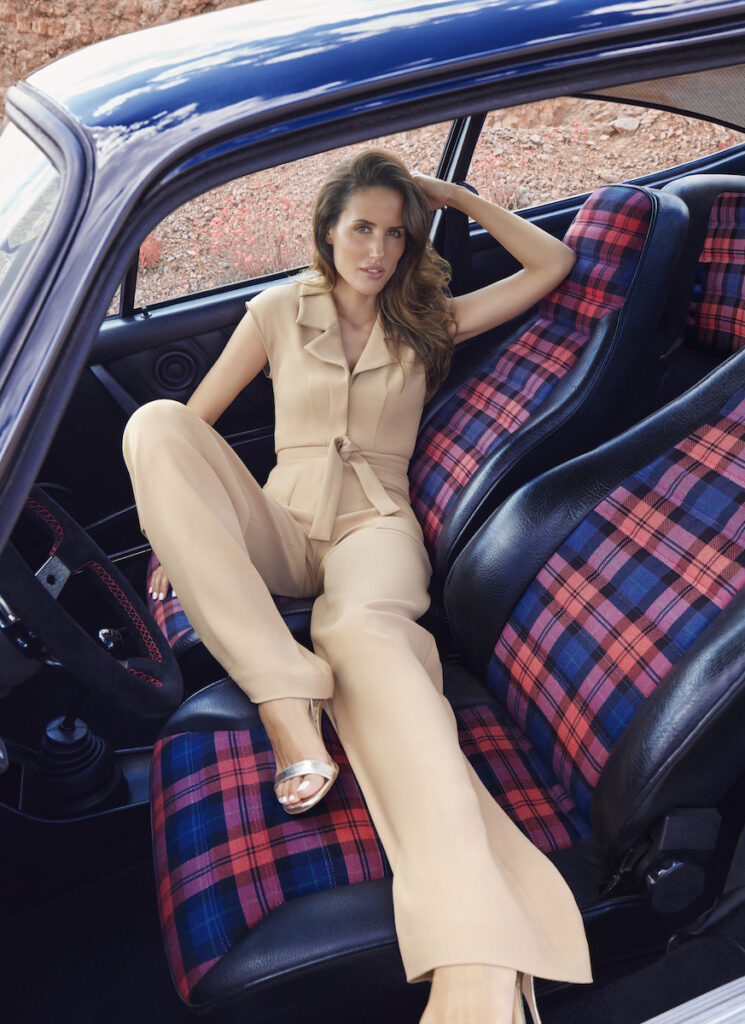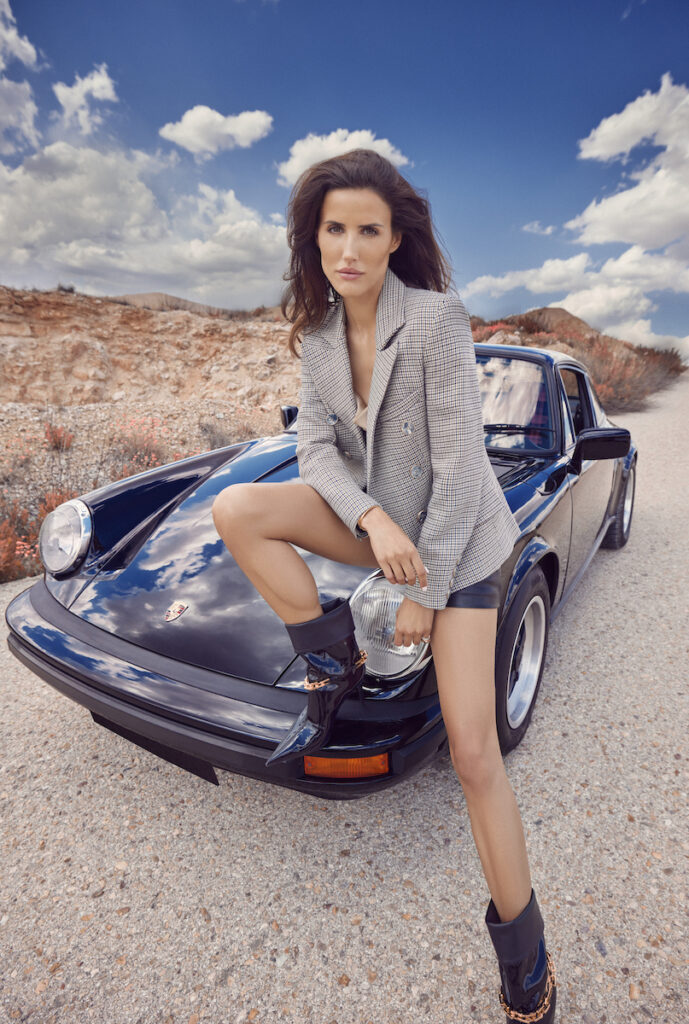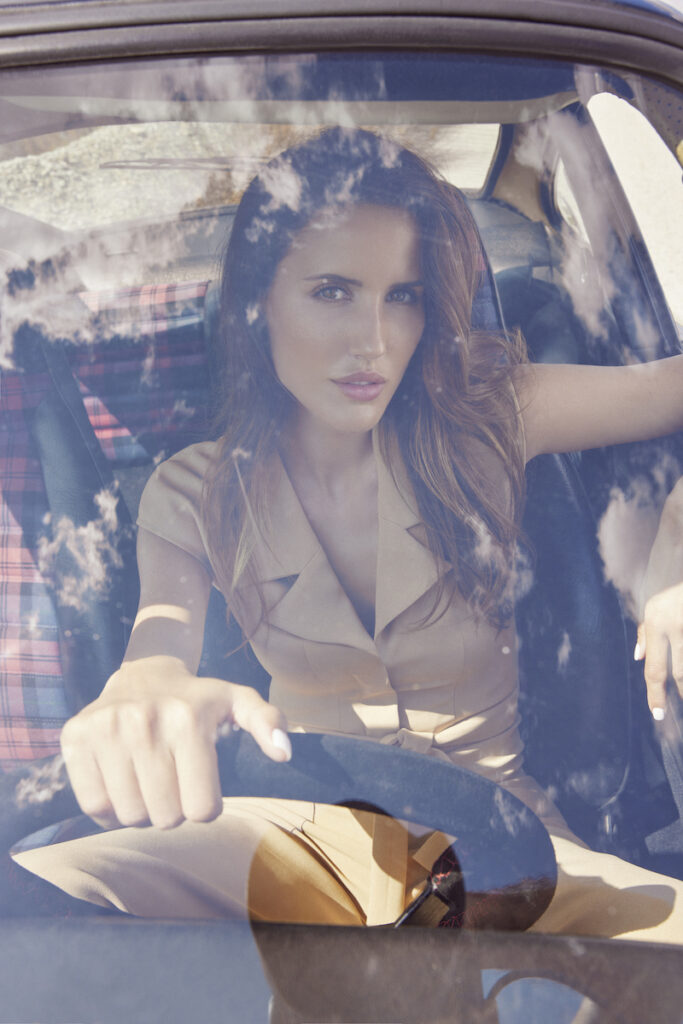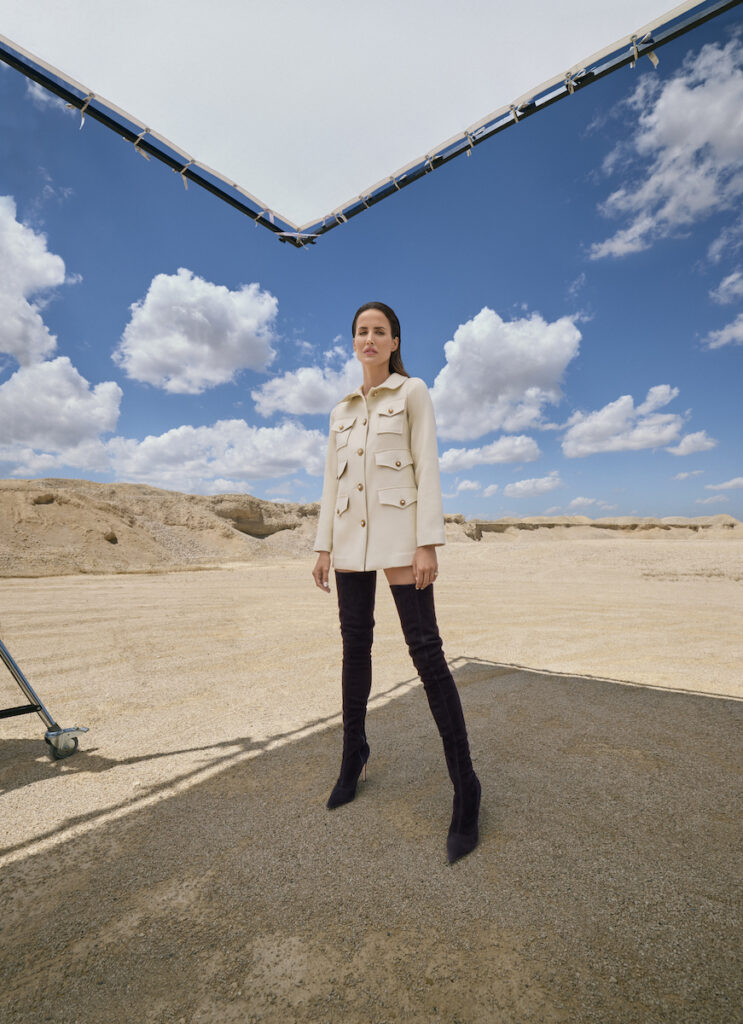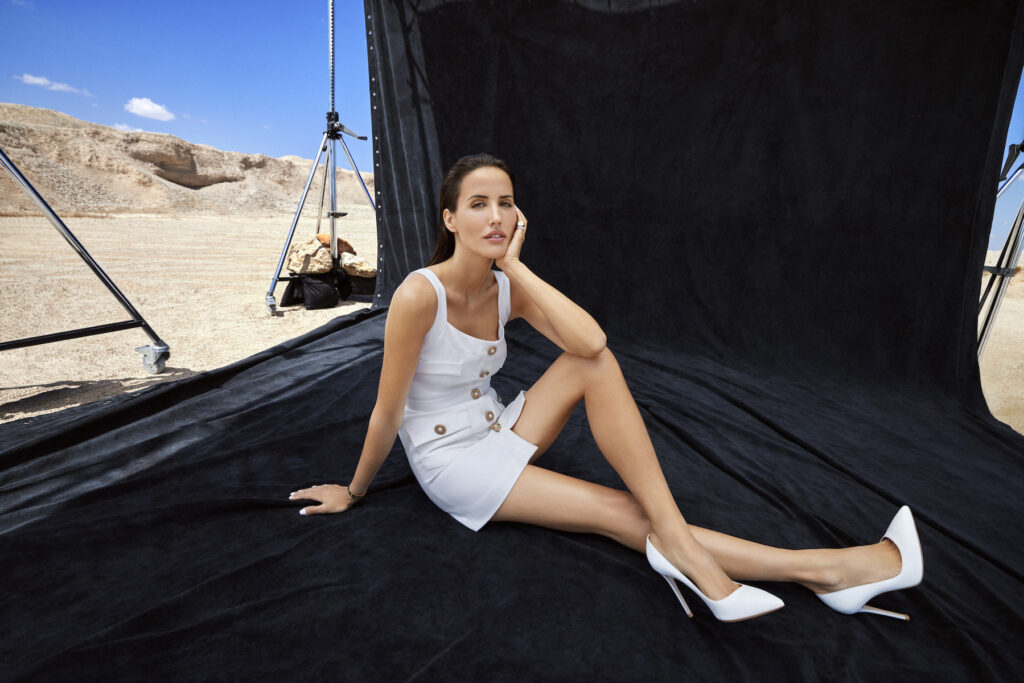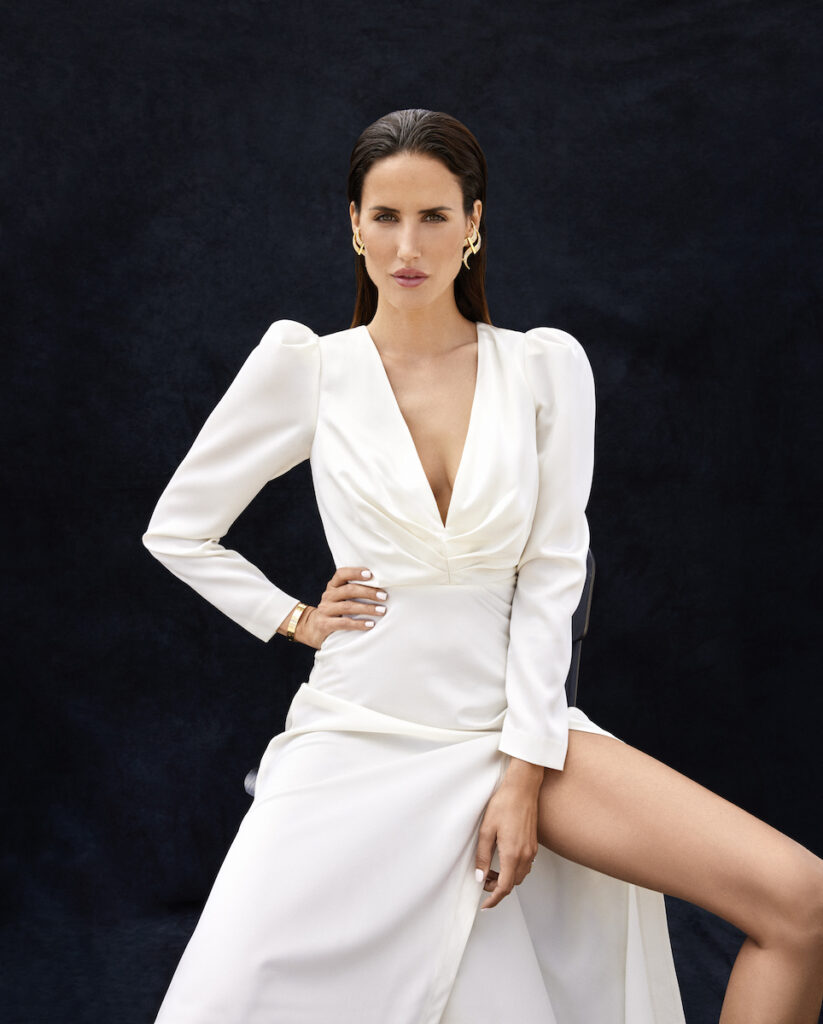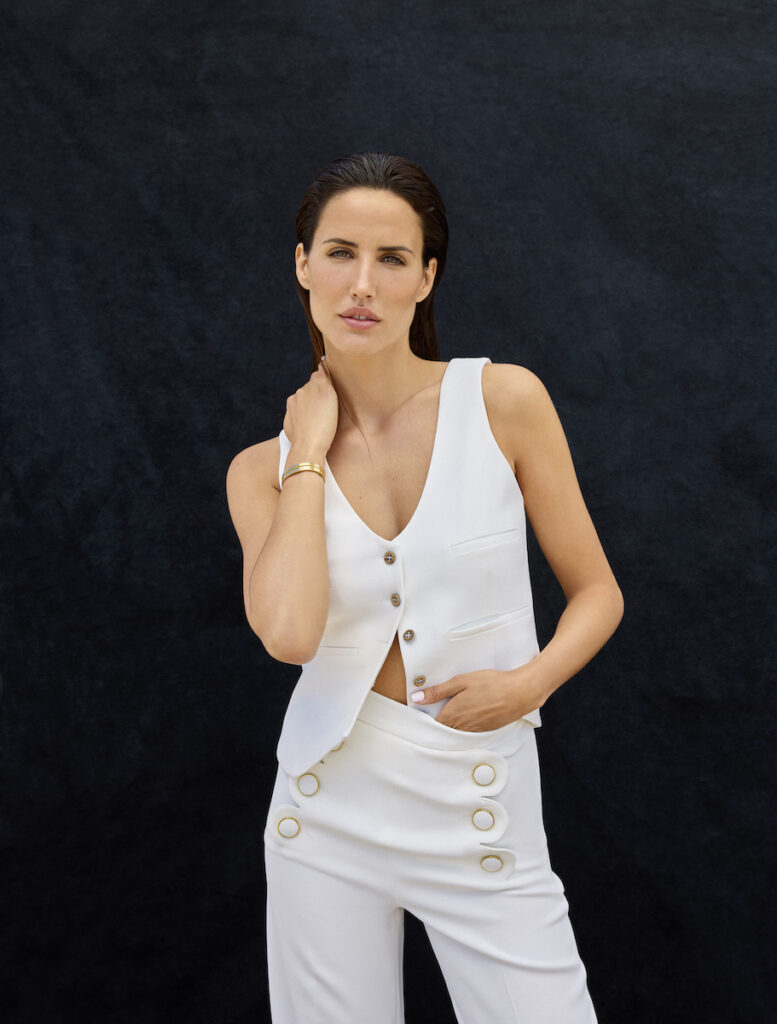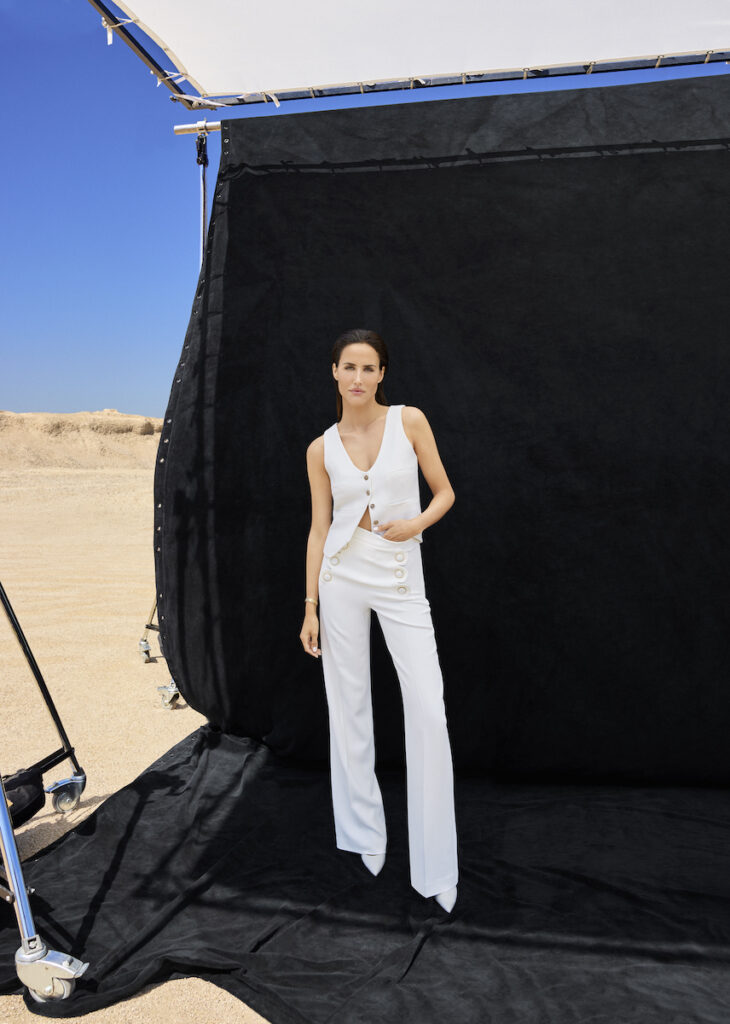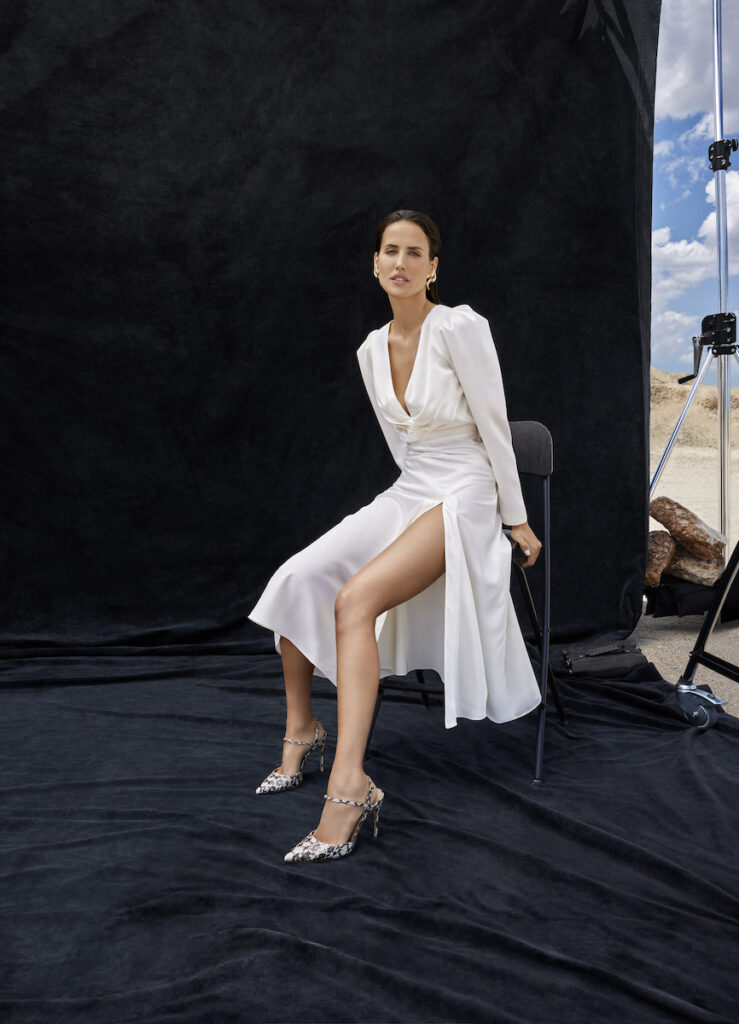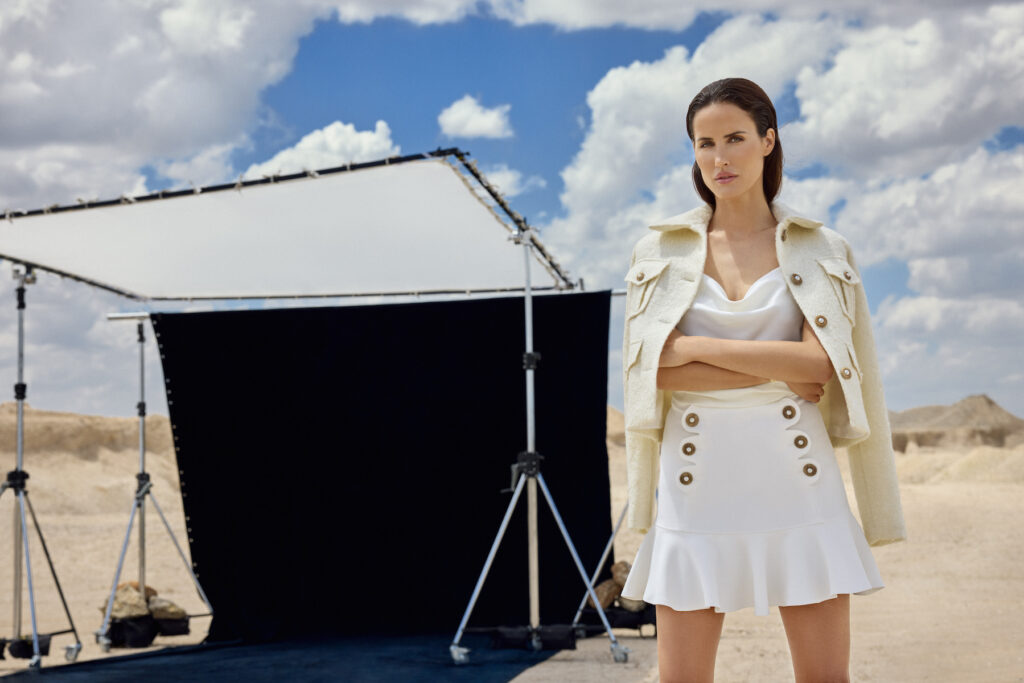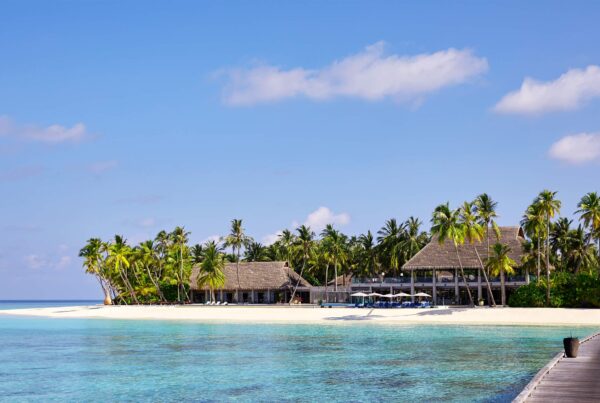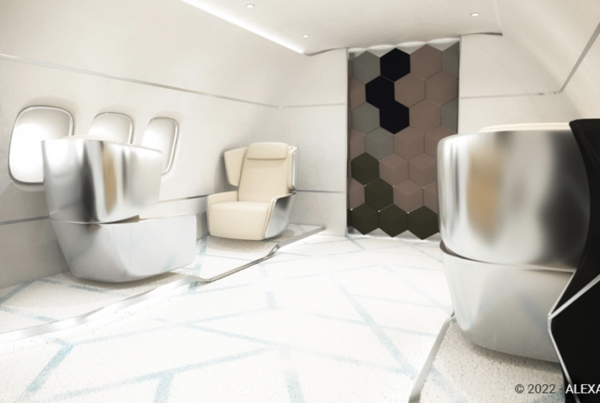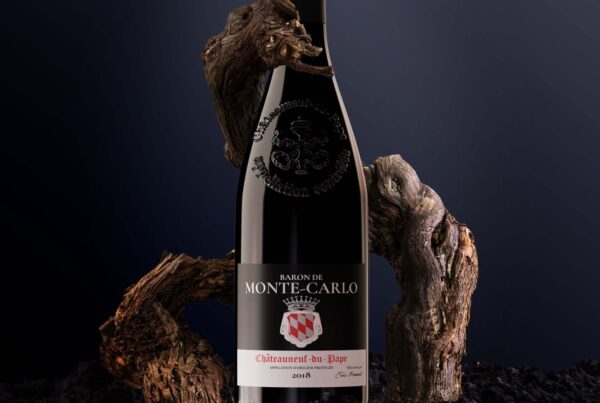Fashion designer Donata Davidoff on timeless elegance
This week, we connected with the fashion entrepreneur Donata Davidoff to discuss trends, elegance, timelessness and sustainability in the fashion world.
”All trends come and go but what stays is classic, clean cuts and high quality tailoring.
Donata DavidoffFashion Entrepreneur
Helene Clabecq: When did your interest in fashion first spark?
Donata Davidoff: Growing up in Lithuania in the 80s, fashion was non-existent, but I was exposed to artisans as my mother was a seamstress, and my grandmother was a poet and a painter.
When I moved to London to study fashion and design at Central St. Martin’s, I was overwhelmed with the different trends and street styles and that is when I started experimenting with my own personal style.
HC: Tell me about your fashion evolution through different cultures and environments. What did you notice about the different trends?
DD: I have lived in 5 countries and noticed how fashion was so different in each. London ladies have a definite clear wardrobe separation between day and night outfits. They love to look feminine and are not afraid of vibrant colours, prints, dresses and heels. New York women prefer darker tones, especially black. Well-tailored jackets, coats and expensive fabrics. They dress more minimalistic and accessorise with jewelry. Often, they have a busy lifestyle and have to be ready to go out straight after work.
Women in Monte-Carlo spend a lot of time and effort to look beautiful every day. Perfectly done hair and make-up, sleek outfits, bodycon dresses, fitted jackets, trousers, elegant fits with eye-catching jewelry. Heels during day time. Fantasy is reality in Monaco. I always pack fun and original outfits when I go there.
In Toronto, the fashion was very casual, lots of denim, boots, knitwear mixed with relaxed oversized jackets and coats. I honestly did not feel I fitted in that environment.
HC: How did you decide to adopt a more ‘timeless’ look?
DD: To me, it is the essence of fashion. I do not like to follow trends that scream out loud “fashion victim”, I prefer what is subtle. Us making the clothes rather than clothes making us. I like to pick out a few details and adopt them into a timeless look.
Trends come back around. I remember wearing high-waisted flare trousers and cropped tops when I was in my 20’s that are back in fashion again. Trends such as oversized, skinny, minimal or extravagant, minis, midis… all come and go but what stays is classic, clean cuts and high quality tailoring.
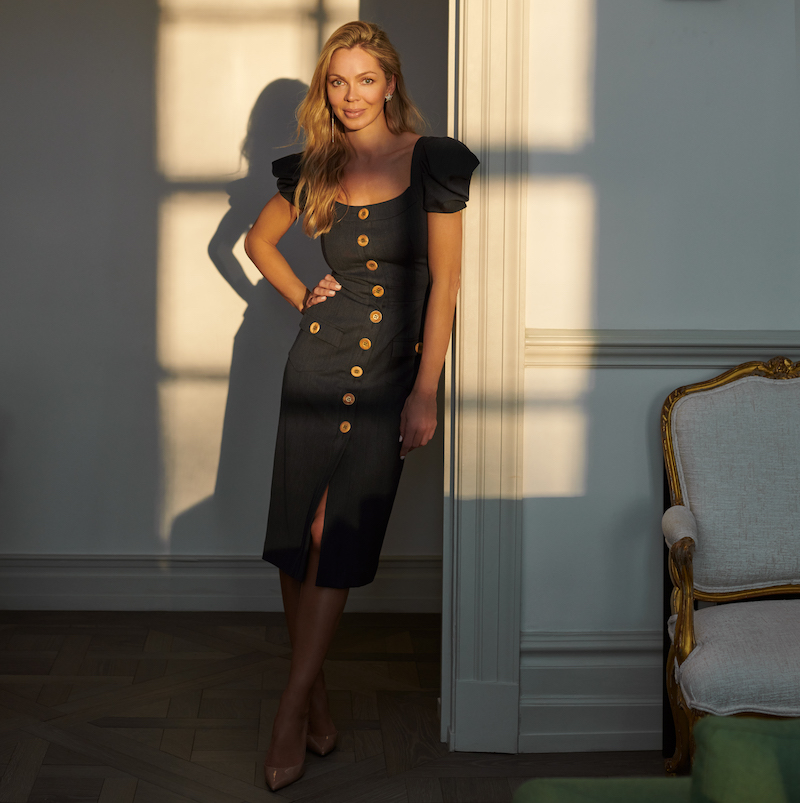
Donata Davidoff
HC: What is true elegance ? Can it be taught?
DD: I think that every woman has it in her to be an elegant lady. Elegance is an attitude. Money cannot buy it but it can help… Building a closet does require time and a budget.
Elegant is often tough in a stereotype such as a little black dress with pearls, a Chanel suit and big glasses. Audrey Hepburn, Jackie Kennedy, Grace Kelly, and Kate Middleton all represent true elegance and are not “ordinary” women.
Beyond clothes, elegance is also gentleness, the way you speak, the way you smile, the way you move.
Elegance is versatile and depends upon the time you live in, social class, body type and personality. YOU decide what is elegant to you.
HC: What was your first job in the fashion industry?
DD: I was hired by a new company in London who wanted to revolutionize maternity wear and make it trendy. I was only 20 years old and didn’t know anything about pregnancy but I was tasked to go around the shops with a pillow belly, try on clothes and understand what works and doesn’t when you are expecting. Fun and challenging.
With data from market research, we ended up being the first to customize trendy jeans, cut off the waistband and replace it with an elastic band. This made us famous.
HC: How did your entrepreneurial journey begin?
DD: I have been an entrepreneur from an early age of 23 years old and I love the freedom of working for myself : I can take time off when I need to be with my family, I can travel whenever I want… I can design what I feel is right for my vision and my client. But it didn’t start easy.
My first brand was sold in London, Paris and NYC. However, the 2007 financial crisis hit the world. It was a very difficult time for small brands such as mine.
I was running short on cash-flow, advance investments for the coming seasons were a struggle, order cancellations started coming in and I panicked… I realized my business was too small to fight the financial crisis since I relied 100% on wholesale.
I then decided to walk away from fashion for the time being and take another artistic route. Each time I outgrow a chapter in my life, I move on quickly, in order to grow.
I became an art consultant in NYC. I quickly got a job with one of the most reputable galleries, specializing in Modern art and impressionists, learning about art, auctions, collectors. Meeting some of the most influential artists of our time. In fact, most fashion designers look at art for shapes, colors and textile. Both world are very much interconnected.
After getting pregnant, I moved to Monaco. The expat community was so big and I saw a great potential to create a high-end children’s club, which did not exist at the time. Sort of a Soho house for kids.
It was an instant success. We had 400 members within 1 year. Some of the most important families such as Prince Albert, Formula 1 driver Lewis Hamilton, Novak Djokovic and many more trusted their children into our care.
We had an incredible sense of community.
That time again, I had to put myself into the “customer’s shoes”, children, to imagine what they would love to experience. For instance, Roger Moore’s grandchildren were members so we thought it would be a fun idea to have him come read stories for little members of the club. It was such a great success and a beautiful memory.
Five years later, I sold the club and moved back to London, ready to come back into the fashion world. But this time differently. I didn’t want to rely on shops and distributors. Wholesale markups out to 300% would make it impossible to produce high-quality affordable clothing, so I chose to sell direct to consumer and organically build brand following.
HC: Now that you are back in the fashion world, how do you find the balance to dress up for business occasions, looking feminine and professional at the same time?
DD: By experimenting with fashion, I have learnt to know who I am and define myself as a woman.
Many women have a challenge to fit in male’s working environment and remain themselves and feminine-looking, but no matter what you do, they know you are a woman. So I embrace being a woman and I use it to my advantage.
For me, being feminine is a powerful tool to achieve my goals.
Wearing colour is one of the easiest ways, as most men don’t wear colour.
Wearing feminine shapes and silhouettes. Instead of a collared button-front shirt, choose a silky blouse. Instead of a traditional blazer, go for a fitted blazer or an open front style or a peplum design. High-waisted flare trousers with silk blouses are my favorite outfit for business meetings. There are also so many dresses to choose from that are elegant and work in a business environment.
Try to be you and do not change to fit in “boys club”.
HC: Tell me about your unique approach to sustainability?
DD: Sustainable fashion starts with the designer and with you, the consumer. A sustainable approach to making, buying and using clothes is key to protecting the planet and the future of our children. When I launched my brand, I knew that sustainability and fair trade clothing were not just trends, but a cause we can all become part of to secure the future of the upcoming generations.
Therefore, a commitment to sustainability is a commitment to balancing the short and long-term supply and demand of resources.
When it comes to fashion, sustainability has many meanings – sustainable fashion, ethical fashion, fair trade fashion and slow fashion being the most common. Although they have different meanings as you will see below, they are part of the same movement: fast fashion.
We discard so many clothes every year, from an environmental point of view, fast fashion which encourages a throwaway mentality is very unsustainable.
There are many production processes, such as fabric dyeing, which are very toxic to the environment. Textile industry is one of the top 3 water-wasting industries, in fact the second most polluting industry in the world — right after oil.
The only way that fast fashion can be so affordable is through cheap labor, which can be detrimental to the workers themselves and their communities.
My designs are made from long-lasting, ethical fabrics. I design with an intention to offer timeless designs that don’t go out of fashion, have an outstanding couture level quality and should stay in your closet for many years.
I work with the best European fabrics manufacturer who invested in the new technologies to create environmentally-friendly fabrics, such as sustainably grown fiber crops or recycled materials. I always ask for EU certifications showing that there are no harmful chemicals used…
My production is done in a very small Lithuanian factory run by women only. They all have been paid good wages and are proud of their job.
I plan production quantities very carefully not to over produce so I don’t end up with stock at the end of the season. I often take pre-orders from clients. We also have been in discussions to partner up with a clothing-rental company who would be taking some of our older stock to rent/resell for the high-end market.
As you see, there are many ways to go around fast fashion. Ask yourself: “Do I want to support a brand that does not care to do their best to make a change”?
HC: What will be different about your collection in the coming season, in your opinion, apart from a growing focus on sustainability?
DD: After Covid and reflecting on a dull year and a half, I wanted to do a comeback with an extra oomph. I really want to bring colors in our lives that uplift emotions, with shades of orange, green… Mini skirts, 70s inspirations and cut-outs.
The next season will be much brighter 🙂
”Style is a way to say who you are, without having to speak
Donata DavidoffFashion Entrepreneur
HC: Through your work, which overall message do you want to pass on?
DD:
My message to women and men would be this: style is a way to say who you are, without having to speak.
Shop with a mindset to build a timeless collection rather than piling trendy impulse purchases that will be outdated next year. Shop quality versus quantity. And support your local smaller brands, they need you!
And if you outgrow a stage of your life, have courage to change. I once met a very successful lawyer in a great established job who became a DJ at 50 years old. Anything is possible.
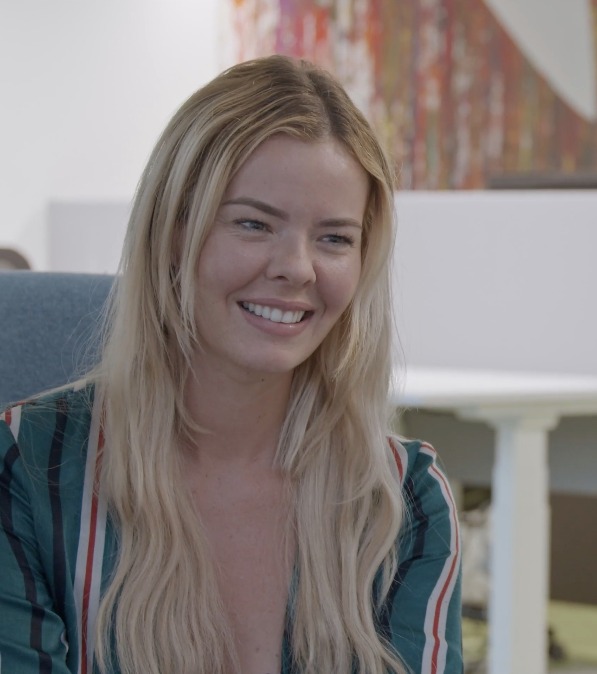
Interview by Hélène Clabecq



